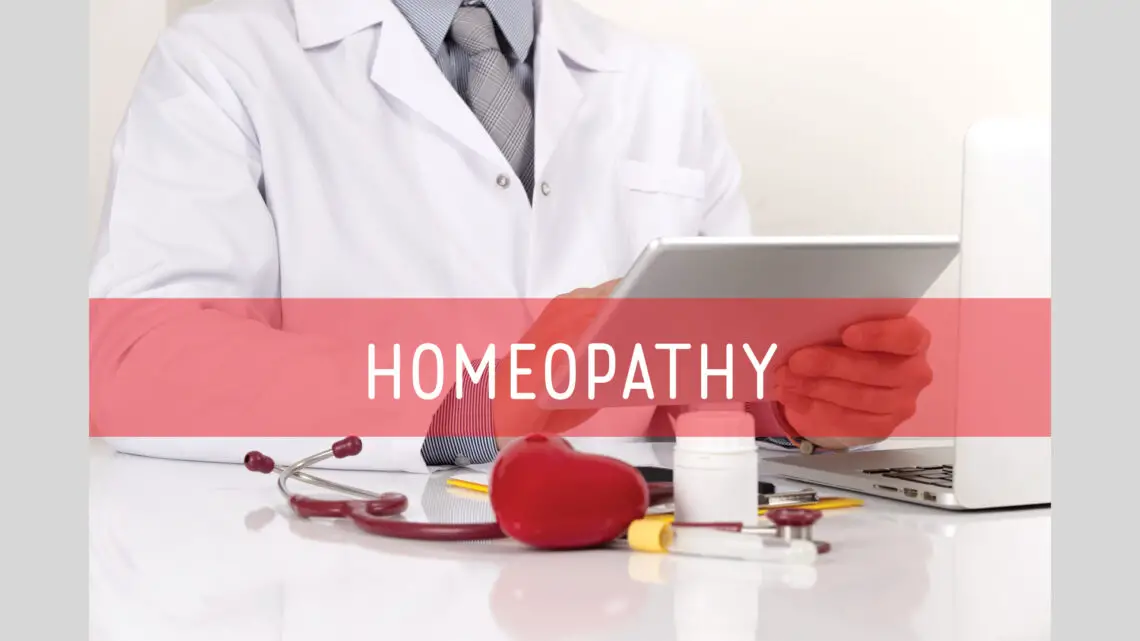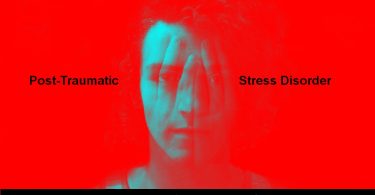Excerpted from Dr. Moskowitz’s book: “Plain Doctoring”
After completing my internship and obtaining my license, I became House Physician at the Beth Israel, a smaller hospital nearby, where my duties were much the same as during my internship, doing chores and little favors for the nurses, the Attending Staff, and their patients, as well as assisting in surgery, being on call for any emergencies or special needs, and mainly supervising the Old Folks’ Home out back.
Always a favorite part of my practice, working with the elderly demands mainly personal care and attention, with little expectation of radical cure, yet earns profound gratitude for any relief of pain, suffering, or the accumulated burdens of survivorship.
Later that year, I moved back to Boulder, which had blossomed during my absence into a favorite pilgrimage for the vast counter-culture of the late ‘Sixties, when people of all ages, but especially young teens, some no more than 13 or 14, were leaving home, dropping out of school, having sex, smoking pot, and experimenting with LSD and other psychedelics, not to mention opiates and prescription drugs also obtained illegally on the street.
Many of these underage runaways became my patients, for a variety of complaints ranging from hepatitis, pneumonia, and sexually-transmitted diseases to bad acid trips. I still remember a black kid of 15 or 16 who showed up at my door one day, freaked out on LSD, with a six-foot boa constrictor wrapped around his arm.
All he needed was a little quiet talking-down, to the point where he handed me the snake, assured me it was well-fed, and showed me how to wrap it around my arm, so that I too could enjoy its sensuous, undulating, almost peristaltic waves of contraction and relaxation against my own muscles.
One cute little house on Canyon Boulevard was run as a crash pad and safe haven for hippies, groupies, runaways, and street kids, where drugs were freely available, and sex could be had pretty much for the asking; but both were carefully monitored by the slightly older twenty-somethings in charge, who were genuinely committed to making sure that their physical and emotional needs were met, and allowed nothing and nobody to get out of hand.
I soon became well acquainted with these folks, and with a wonderful, heartfelt guy known around town as Skurge, a veteran of the drug scene who had ripened into a kind of free-lance social worker and mentor to the younger set, and would often call me when any of them got sick.
I never found out whether the kids paid anything for their rent or food; but amazingly, from what I saw, they rarely became pregnant, needed hospitalization, got into trouble with the law, or caused any major scandal or disturbance, despite subsisting more or less underground, all of which led me to assume that some good samaritans must have been subsidizing the project behind the scenes, and that, when the kids eventually found their way back home, they would likely be in better shape and a more agreeable frame of mind than when they left.
In the midst of this cultural upheaval, I launched my practice of general and family medicine, seeing mostly college kids, grad students, friends, and street people, all in the living room of my ground-floor apartment, in a conscious attempt to keep it as open, informal, consensual, and non-threatening as possible.
My procedure was to interview and examine them as noninvasively as the situation allowed, and using the simplest tools and instruments, making the diagnosis, of course, but then putting it aside for the moment, and simply being present for them, as if inviting their own individual needs to suggest a regimen and plan of treatment that was uniquely suited to them.
While often difficult and by no means uniformly effective, this down-to-earth approach was at least “clean,” honest, unlikely to cause harm, and, above all, kept me attentive to the doctor-patient relationship at every moment. These same priorities have continued to guide me ever since in developing a method and style of practice that could pass the test of time.
Applying to a Boulder hospital for admitting privileges, I discovered that my antiwar views and unorthodox style of practice had already alienated many of my colleagues in town. On the advice of a friendly internist, I introduced myself to as many of them as were willing to meet me, a strategy which worked well enough to persuade the Medical Staff to approve my membership, but by just one vote, which had to be sent in by proxy at the last minute. In any case, the Board of Trustees overruled them the very next day, understandably alarmed by the fact that what they feared or imagined I stood for had split the Medical Staff right down the middle.
Meanwhile, with the War in Vietnam escalating out of control and spilling over into Laos, Thailand, and Cambodia, I began to reflect on how thoroughly my medical training and the culture of illness and disease that we all grow up with are steeped in the metaphors of warfare and combat.
With drug ads and hospital and charity fund drives promoting the conventional wisdom that viruses and bacteria are foreign invaders to be expelled, and cancer and chronic diseases simply enemies to be fought, most people were then and indeed still remain ready, willing, and eager to use antibiotics, anti-hypertensives, antimetabolites, and the latest, most potent chemical weapons as “magic bullets” against any complaint or abnormality that threatens, bothers, or inconveniences them.
But when an American General openly boasted of destroying a village in order to save it, his words borrowed almost verbatim from the cancer specialist, the gruesome footage of such exploits transformed what had once seemed like a mere figure of speech into a systematic philosophy of militarism for its own sake, with a gratuitous ferocity that began to shock even its own proponents. Awash in these images, I awoke to the realization that I’d been trained as a soldier to man the trenches in our endless war against disease, armed with the most advanced chemical and surgical weapons to shoot down and kill all symptoms and abnormalities whenever, wherever, and however they showed themselves; and so, once again, my disenchantment from the life I had chosen was summoning me to desert my post and fight no more.
By then I was already practicing what I liked to call “minimalist” medicine, giving out liberal helpings of education and advice, while doing as little as possible of a drastic nature, and seeing my rôle as essentially guiding people through the medical maze and doing whatever I could think of to protect them from being hurt too badly.
These always remained basic priorities for me, but in those days, with few procedures available that did no harm and made sense to me in other than acute or extreme circumstances, I often had little to offer my patients when their illnesses worsened and became chronic, while my growing estrangement from the profession made it increasingly difficult and unpleasant for me to practice at all.
In April of 1969, with my confidence and self-esteem at their lowest ebb, a surprise request gave me a different perspective that truly changed my life. Due to give birth in a month, a woman I knew very slightly telephoned to ask if I would come to her house to help with the birth, since none of the other doctors in town would even consider it.
I’d never heard of anyone even wanting to give birth at home, let alone doing it; and the idea felt more than a little scary, with no hospital to back me up, and no nurses to hand me instruments and make me look good. But in almost the next breath I realized that here at last was something I could do as a physician without telling people what to do, how to live, or forcing their bodies into compliance.
She was in active labor when her husband called, and I arrived at their house expecting to perform a vaginal exam right away, just as I’d been trained, to assess how it was progressing.
Maybe it was the candlelight, the Bach playing softly, the rapt expression on their faces, or the Gestalt of the whole scene; but somehow I got the message that the exam was a routine procedure, not anything that Dorothy really needed or was asking for.
After much soul-searching, I decided that if anything went wrong, I had to learn to trust myself to figure out what needed to be done at the time, and that the best thing to do at that moment was to sit down, be quiet, and pay attention like everyone else.
Dorothy taught me pretty much the whole course that day, without saying a word; and I’d still like to know when and how she learned it, since Erica, her firstborn, had been delivered under general anæsthesia nine years before. Her son was born around dawn, and as Dorothy cradled him in her arms, they were bathed in a soft halo of light, like a Madonna of Raphael or Filippo Lippi; and we all gazed intently at them and each other, as even our earliest human ancestors must surely have done.
In no way uncanny, strange, or outside the realm of natural law, Adam’s birth was a miracle in precisely the opposite sense, of something happening in full awareness, which only our customary inattention would need to single out, and only our remembering what no other animal has ever forgotten bespoke a real deliverance.
With a flair for the dramatic, Erica announced her intention of taking the placenta to school. When her classmates came by, grossed out by the very sight of it, they tried their best to dissuade her; so she wrapped it in a plastic bag and stuffed it under her coat, like a reluctant conspirator carrying an oversized bomb.
Maybe an hour later, the school nurse phoned in a panic; so I agreed to stop by and fetch it on my way home. She wasn’t really against “this sort of thing,” she was at pains to assure me, and apologized that they didn’t have refrigeration for it, adding that she’d have had to ask the principal, who was out of town, and could even lose her job for deciding on her own. I wish I’d had the presence of mind to ask her what she thought about a state of affairs in which she could in fact lose her job for talking to a bunch of schoolchildren about giving birth to a baby, or indeed what her job was, if not that. But I didn’t.
Still in a euphoric, almost trance-like state, I put the holy relic on a plate and paraded it around the CU campus, showing it to everyone I met, after which it lay in state on my coffee table for a week, without the slightest odor or trace of putrefaction, like the dead bodies of certain saints and gurus according to popular legend.
Adam’s birth was a priceless gift to me, my first envisioning of a medical practice that I could follow with pride; and it served me well for 53 years, by simply trying my best to live up to it. While even the most enlightened hospital needs to make rules for its patients, and to act as if it knew what was best for them, even better than they do themselves, as a guest in Phil and Dorothy’s home it felt truly inappropriate and unnecessary for me to tell them what to do or how to live. Rather than doing anything in particular, my rôle was precisely that of a midwife, to be there for them in whatever way seemed useful at the time, to help them make whatever decisions they needed to make, and to complete the natural process that was already under way.
Guarding the memory of that experience like a precious jewel in a secret box, I moved back to New York in search of new directions, and took a full-time position on the Medical Staff of the Red Hook Neighborhood Health Clinic in Brooklyn that was an official outpost of President Johnson’s newly-funded War on Poverty.
Serving a poor and mainly black clientele, our spanking-new facility was incongruously located in upscale Brooklyn Heights, and boasted a fleet of reconditioned Checker taxis to ferry our patients from the bottom of the socioeconomic ladder to the top and back again.
Gratified that our budget also provided for home visits, I was sent to the projects one day to see an old man in his nineties who was too ill to leave his bed. Spotting my thin, silvery moustache as I entered the bedroom, he rose smartly to attention and saluted me as if he were still a doughboy and I the reincarnation of General Pershing, his commanding officer in the First World War. But before I could play along, he doubled over in pain; and easing him back into bed, I couldn’t help feeling the oversized bulk of his liver, studded with hard, metastatic nodules in an obviously terminal condition.
Confiding to his wife that he had cancer and would probably die soon, I offered to find her a housekeeper to make them both more comfortable in the time remaining; but she was over eighty herself, with serious health problems of her own, and wouldn’t hear of him dying in that wretched little apartment, insisting that we admit him to the hospital and do our best to care for him there.
As a satellite of the vast Kings County Medical Center, our Clinic admitted all inpatients to Long Island College Hospital, its local affiliate, and surrendered all authority over their care to the interns and residents in training there. Determined at least to meet and talk with them first, I argued that since the diagnosis and the outcome were already certain, the most humane and sensible thing to do was to give him plenty of morphine, make him as comfortable as possible, and let him die in peace.
But to them my little speech evoked nothing more than indulgent smiles and a moment of nostalgia for days gone by, since they were determined to perform a liver biopsy and begin chemotherapy, purely as a training exercise, just as I’d feared, well aware that the drugs were highly toxic and of no lasting benefit, and that the biopsy might well result in a pneumonia and a miserable death, as in fact it did. This archetypal exchange served as my wake-up call that practicing medicine in the Big Apple wasn’t going to work for me.





Great article! I thoroughly enjoyed reading your professional odyssey. How lucky are those women whose lives you have touched.
Thank you Richard for your tender heart, your dedication to truly do no harm, your ability to listen to your inner knowing, and your commitment to practicing with so much integrity. You have changed the world in your small way – but it wasn’t small for the people whose lives you touched and tried to make better. They will never forget you. It’s not easy taking the road less travelled. Please take good care of yourself.
With much appreciation,
Nancy
heartening applaud the age old wisdom of observation listening let the patient identify thier needs
i worked with a trainee doctor who worked in the wards as a nurse aide to pay his way thru med school.
wow what fantastic experience for him and the nurses
thanku for sharing